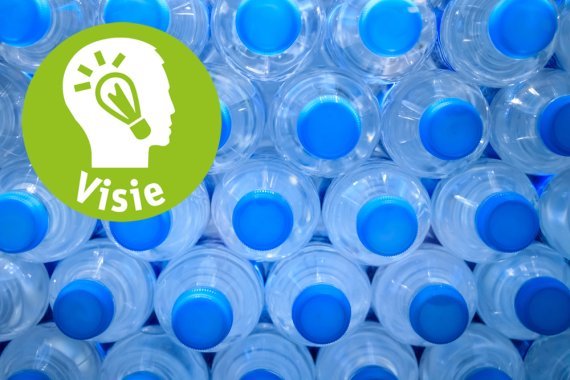PET-bottles are an example of recyclable plastic. © Shutterstock

Ulphard Thoden van Velzen ©Wageningen Food & Biobased Research
Why is such a switch important?
‘Just over half of all packaging is suitable for recycling. Take PET bottles, for example. Recycling companies can turn them into new high-grade packaging. But recyclable packaging gets mixed up with plastic that can’t be recycled. Recycling this plastic mixture is expensive because it first has to be sorted again. What is more, the products made from it are not such good quality. They are brittle, for example, or have a cloudy colour, smell strange or contain hazardous components that could end up in food products. If we were to switch entirely to recyclable packaging, that would mean a huge improvement in the recycling system.’**What requirements does recyclable plastic need to satisfy? ‘There is no widely accepted definition of “recyclable”. The Germans have a programme in which packaging is assessed according to 641 criteria to determine how recyclable it is. That’s great but it is too complicated for much of the packaging industry. The EU will have to come up with a definition.’
Is a complete switch feasible?
‘It’s easier for the multinationals. They know exactly what plastics go into their packaging. But smaller companies, which are responsible for most of the packaging on the market, often don’t know what is in their packaging. In addition, there are currently no good recyclable alternatives for laminate film packaging, which is used for processed meat, cat food, potato chips, part-baked baguettes and dry soup mixes, for example. The same applies for blister packs for medicines. Given this, 2030 is really not that far away. At present, very little research is being done on alternatives and that will have to be scaled up enormously. Otherwise we won’t make the deadline.’
Lees ook eens:
Bioplastics: fact and fiction
The plastic cup has a new rival
Recycling plastic?

